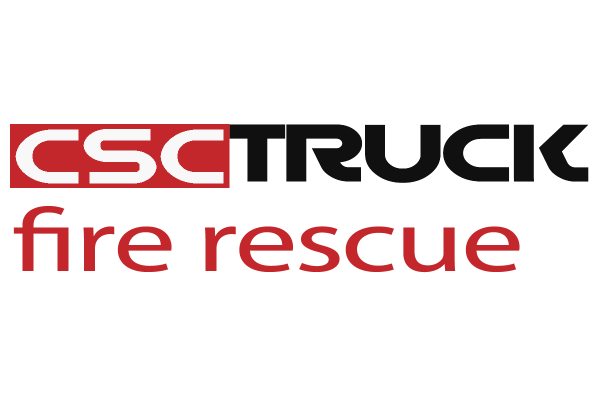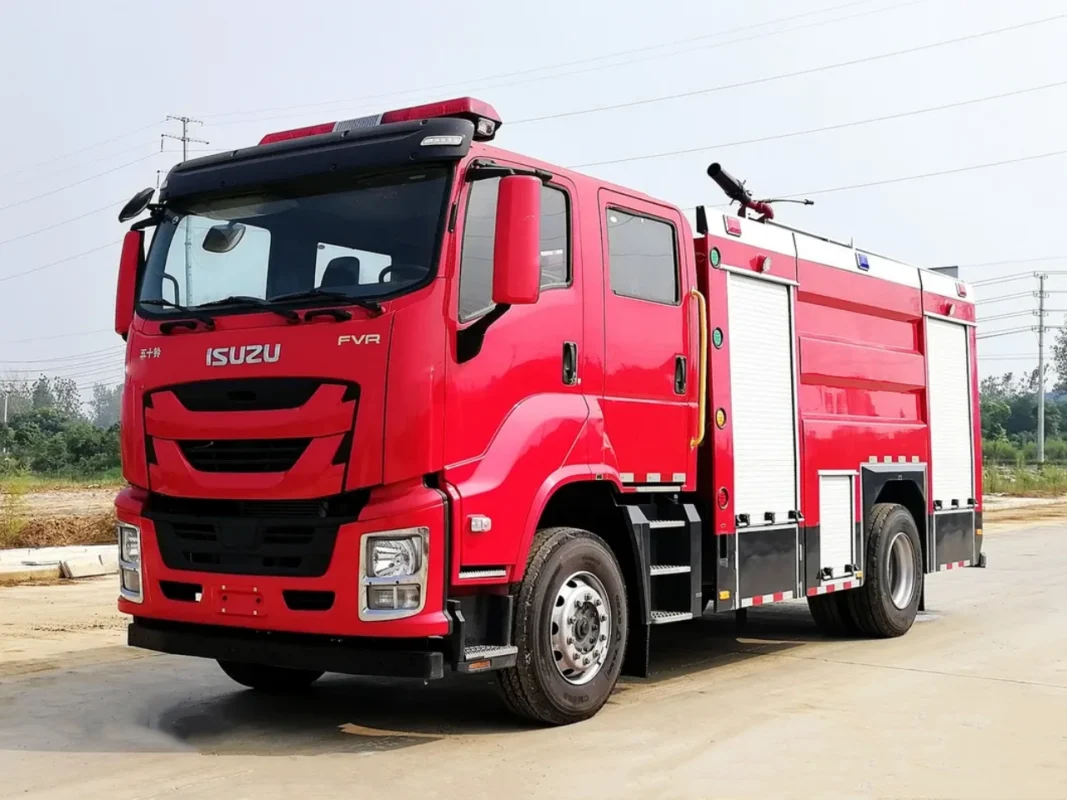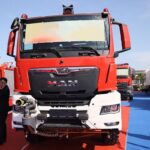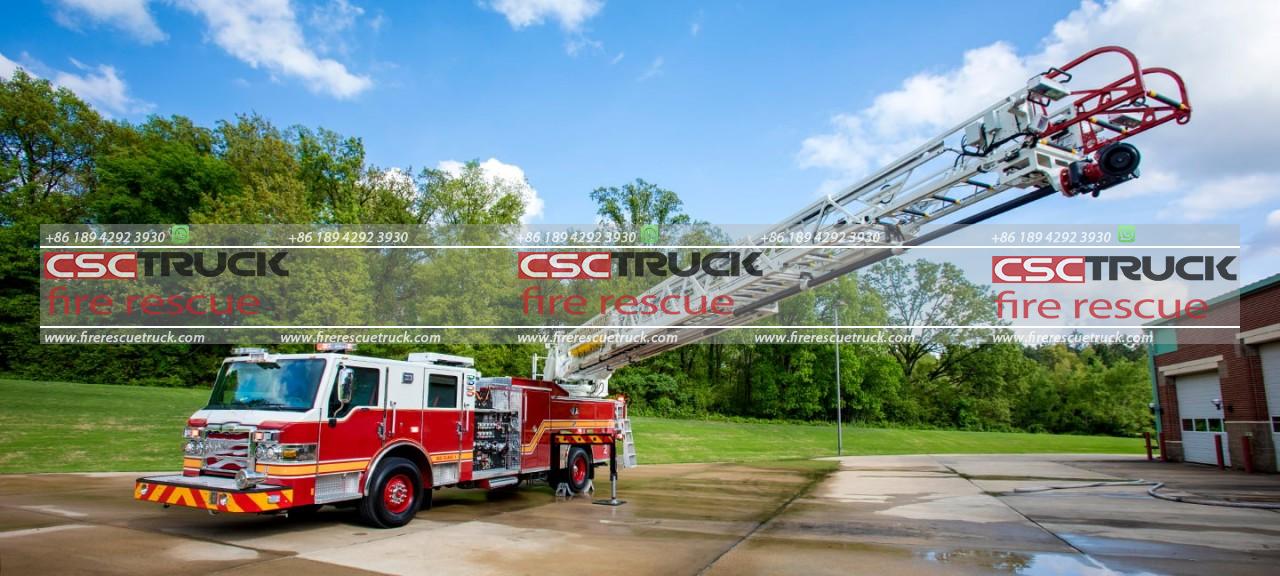When it comes to fire apparatus, two of the most essential vehicles in firefighting operations are pumpers and tankers. While both play a critical role in fire suppression, they serve distinct purposes and have unique capabilities. Understanding the differences between a pumper and a tanker is crucial for firefighters, emergency responders, and even community members who rely on efficient fire protection. In this article, we will explore their design, functions, and operational differences to clarify their roles in modern firefighting.
Definition and Purpose
Pumper Fire Truck
A pumper fire truck, also known simply as a “pumper,” is primarily designed to pump water to extinguish fires. These vehicles are equipped with a powerful water pump, a water tank, and various firefighting tools, including hoses, nozzles, and ladders. Pumpers are the backbone of fire departments, often being the first units dispatched to a fire scene due to their versatility.
Tanker Fire Truck
A tanker fire truck also called a “water tender,” is specifically designed to transport and supply large volumes of water, particularly in areas where hydrants or natural water sources are unavailable. Tankers are equipped with large water storage tanks and sometimes have pumps, but their primary role is water delivery rather than direct fire suppression.
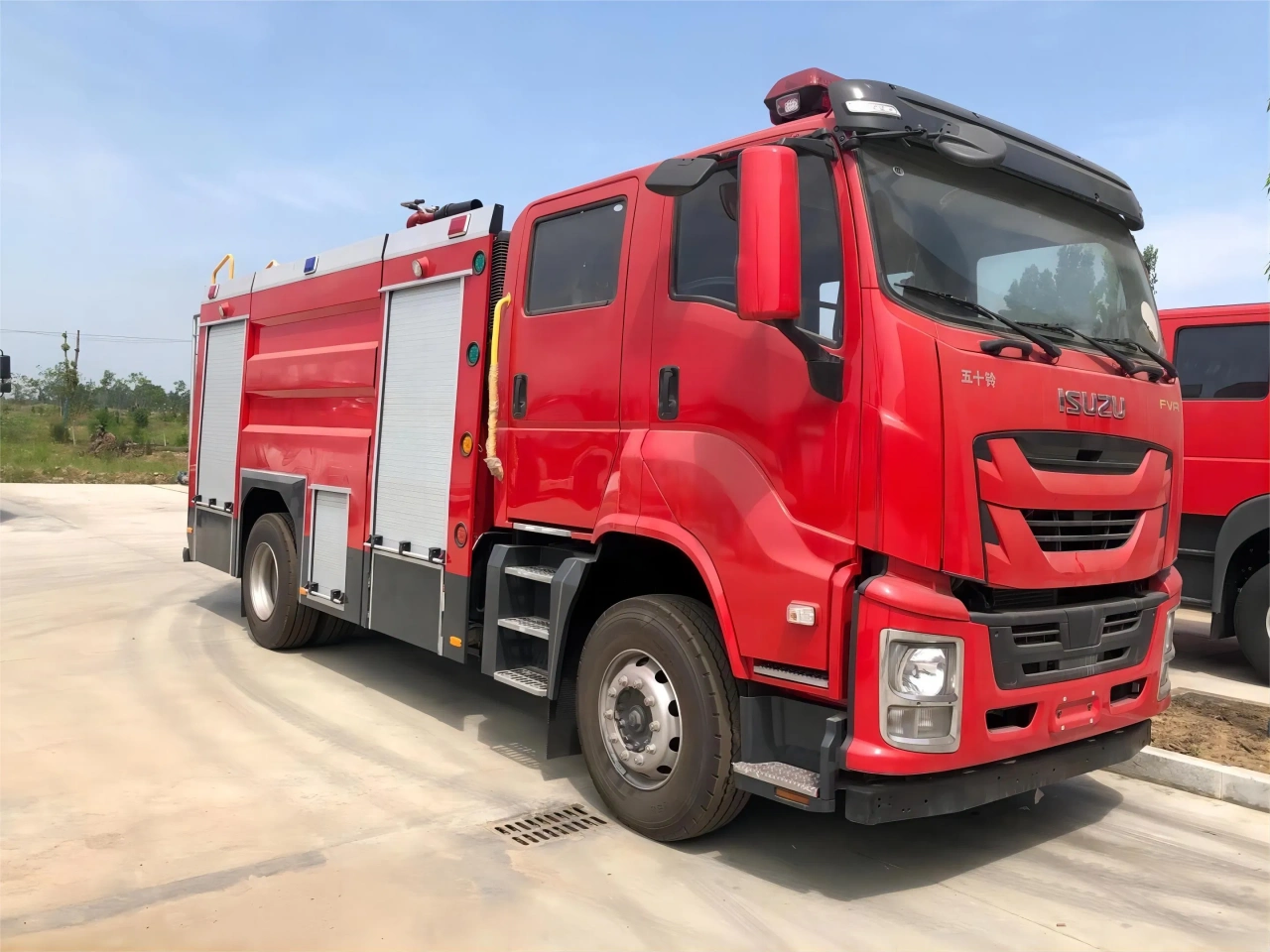
Key Differences Between Pumpers and Tankers
1. Water Capacity
One of the most significant differences between a pumper and a tanker is the amount of water they carry.
- Pumpers typically have water tanks ranging from 500 to 1,500 gallons, which allows them to begin firefighting operations immediately upon arrival.
- Tankers, on the other hand, carry much larger water tanks, often ranging from 1,500 to 5,000 gallons, ensuring a steady supply of water in areas with limited hydrant access.
2. Pumping Capabilities
- Pumpers are equipped with high-capacity pumps, usually capable of moving 1,000 to 2,500 gallons of water per minute (GPM). This high output enables them to maintain strong water streams for effective fire suppression.
- Tankers may have smaller pumps or no pumps at all. Their primary function is to transport water, which is then either directly offloaded into a portable tank or transferred to a pumper truck for firefighting operations.
3. Role in Firefighting Operations
- Pumpers act as the main attack unit in fire response. They connect to fire hydrants or draft water from other sources and distribute water to firefighters through hoses.
- Tankers function as mobile water sources. They deliver large amounts of water to the fire scene, often setting up portable tanks that pumpers can use to draw water.
4. Firefighting Equipment and Tools
- Pumpers come equipped with various firefighting tools, including hose reels, pre-connected attack lines, ladders, and sometimes foam systems for specialized firefighting situations.
- Tankers typically have fewer firefighting tools, focusing instead on water transport efficiency. Some may have basic hose connections and a small pump for offloading water.
5. Deployment and Response Scenarios
- Pumpers are dispatched to nearly every fire call, including structure fires, vehicle fires, and hazardous material incidents.
- Tankers are deployed in rural and suburban areas where hydrants are scarce, ensuring a reliable water supply for pumpers to use.
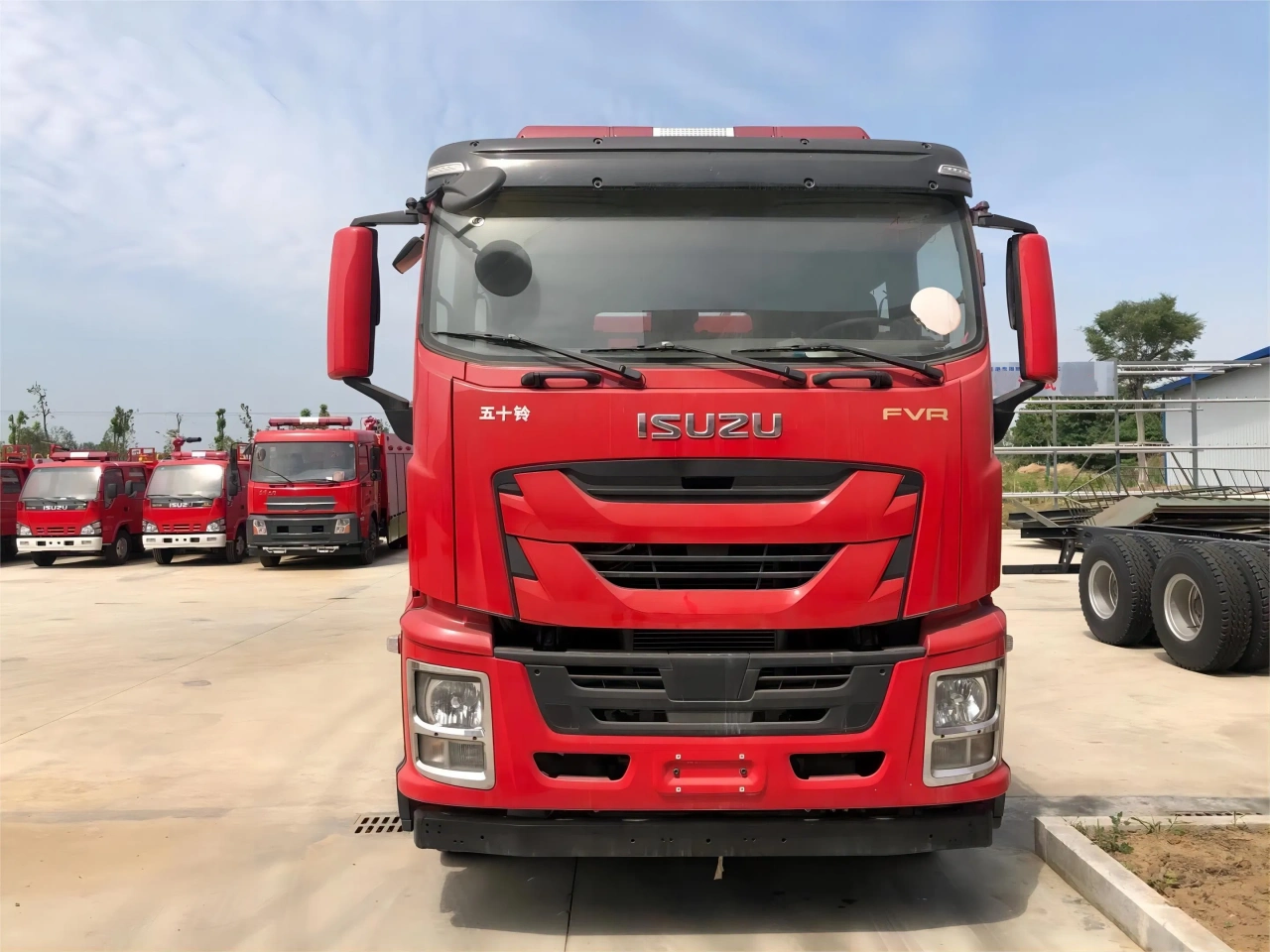
How Pumpers and Tankers Work Together
While pumpers and tankers have different roles, they often work in tandem during firefighting operations. In rural or remote areas, a tanker will arrive with a large volume of water and transfer it to the pumper, which then distributes the water through hoses to extinguish the fire. If multiple tankers are needed, they operate in a “tanker shuttle” system, continuously transporting water from a distant source to the fire scene.
Specialized Variations
Fire departments may operate specialized versions of pumpers and tankers to suit specific needs:
- Quint Fire Trucks – A combination of a pumper and an aerial ladder truck, equipped with a pump, water tank, hoses, and a ladder.
- Foam Tankers – Designed for industrial and airport firefighting, carrying large quantities of firefighting foam for flammable liquid fires.
- Tactical Water Tenders – Used in wildfire suppression, featuring off-road capabilities and fast water dispersal systems.
Choosing the Right Apparatus for Fire Departments
The decision to purchase a pumper, a tanker, or both depends on several factors, including community water infrastructure, geographic location, and fire department needs. Urban fire departments rely heavily on pumpers due to readily available hydrants, while rural departments depend on tankers to supply water to areas with limited access.
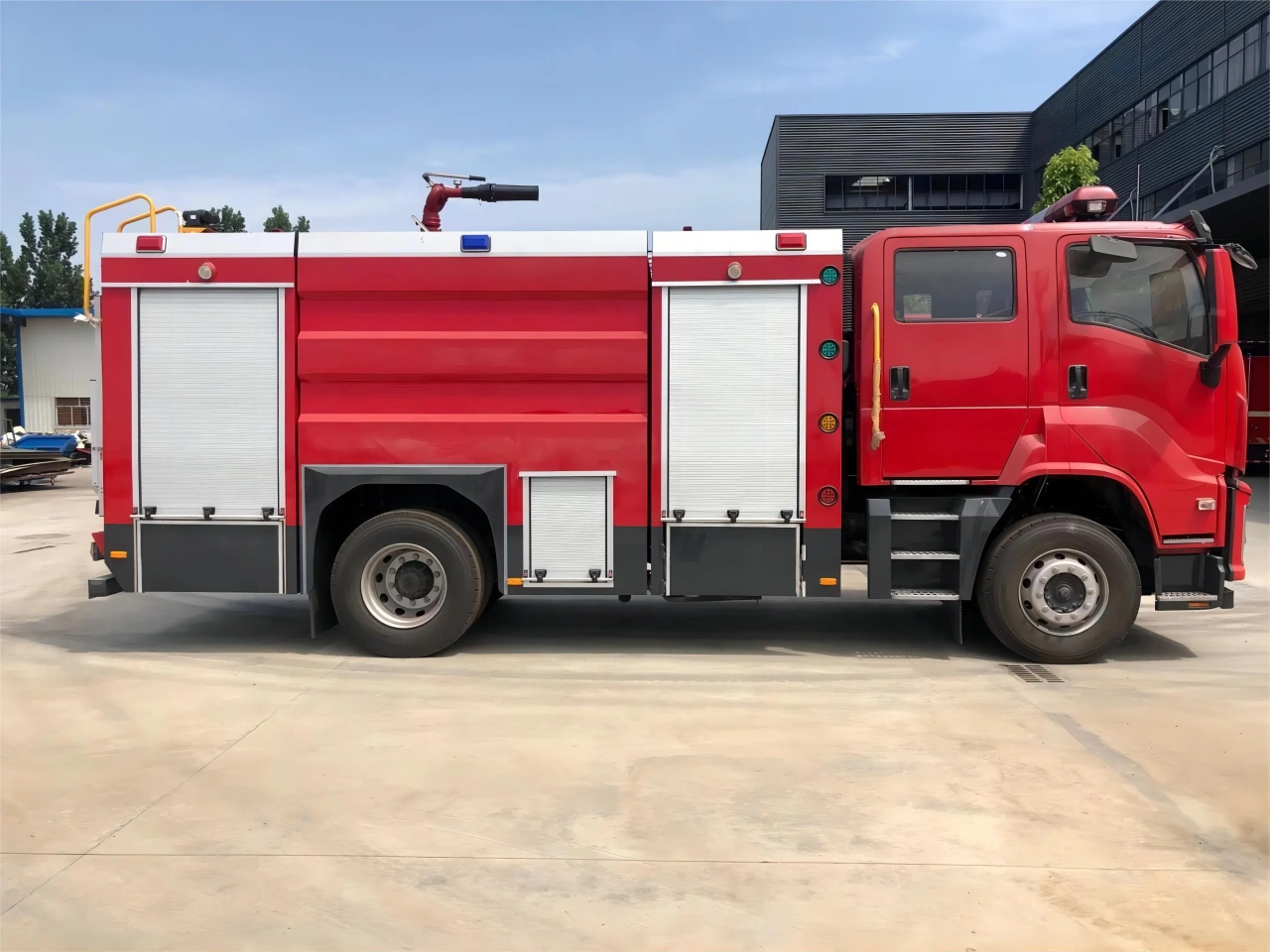
Conclusion
Pumpers and tankers are both indispensable fire apparatus, each with a distinct purpose in firefighting operations. Pumpers focus on water distribution and direct fire attack, while tankers ensure a continuous water supply in areas without hydrants. By working together, these 2 types of fire trucks enhance the efficiency of fire departments and help protect lives and property in diverse environments. Understanding their differences enables better decision-making in fire protection strategies and ensures communities receive the best possible emergency response.
